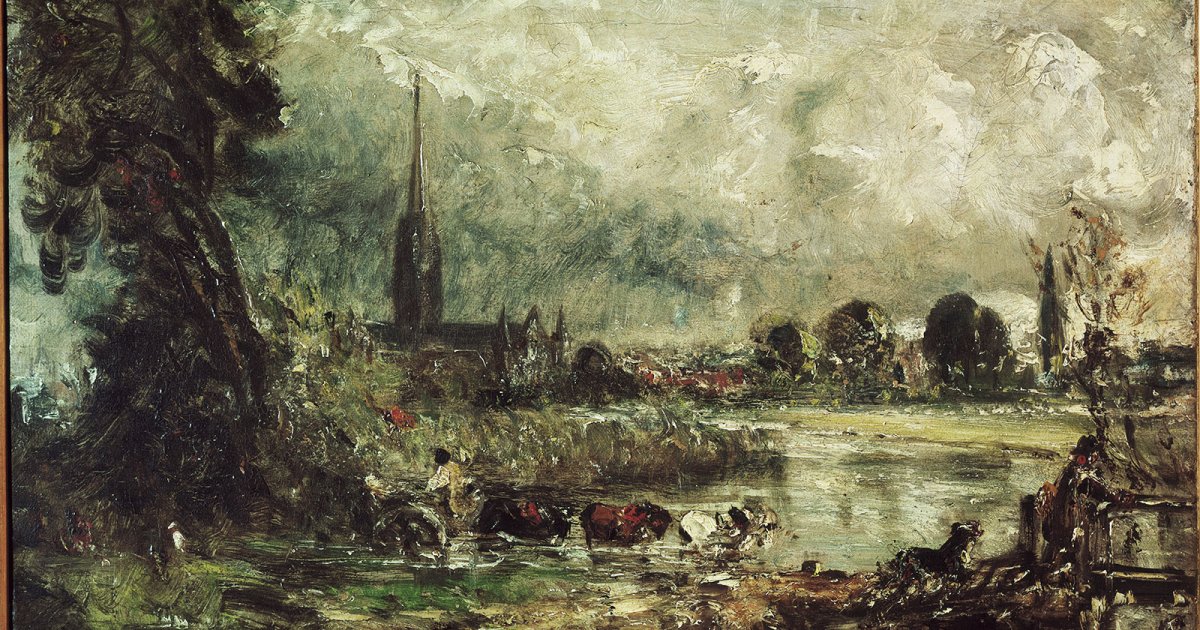TATE BRITAIN, Romanticism
 Language: English / USA
Language: English / USA
As I mentioned, in the 18th century landscapes became a specialization of English art, thanks also to the extended London stay of one of the best landscape painters of the century: Canaletto.
Here at Tate Britain you can admire the works of one of the painters who most intensely knew how to depict the wonders of the English countryside: John Constable. He was one of the first to almost exclusively paint out in the open air so that he could depict all the effects light had on the landscape from a true point of view: the accuracy of his drawings will remind you of the great landscape painters of the sixteenth century, but his sensitivity to the shades of light and nature will also make him a favored Impressionist.
Constable strove to paint his world exactly as it appeared before him, in a never-ending search for what he himself called natural painting. In order to be more faithful, he adopted a spontaneous and fresh touch in the application of color that accentuates the impression of immediacy his paintings emanate. Contrary to his peer Turner, Constable didn't like traveling: he stuck to the English countryside far and wide, choosing some special places he never tired of depicting, and in different seasons and times of day. His sketchbooks and studies of clouds in the sky resemble abstract compositions, while his way of rendering light will have a profound influence on other European schools as well.
Between the 1700s and 1800s scientific discoveries and technological innovations favored the industrial revolution, first in Britain and then across Europe: this is mirrored above all here at Tate Britain in the paintings by Joseph Wright of Derby, who was one of the first to paint foundries and industrial installations.
But those were also the years of Romanticism, where the English literary and artistic culture explored subconscious regions: apparitions at night, spirits, and ghosts became concrete, frightening presences. The greatest example of this trend can be seen in the works by the Swiss painter Johann Heinrich Füssli, who in the second half of the 18th century moved to London and became a reference point for the art scene, painting macabre scenes of Shakespeare's tragedies, and even his own nightmares.
FUN FACT: Füssli was neither left nor right-handed and could write and draw very well with both hands. When his father would read him the bible as a child, which did not interest him at all, he would pretend to listen and draw where his father couldn't see. He loved calling himself "The Official Painter of the Devil".



